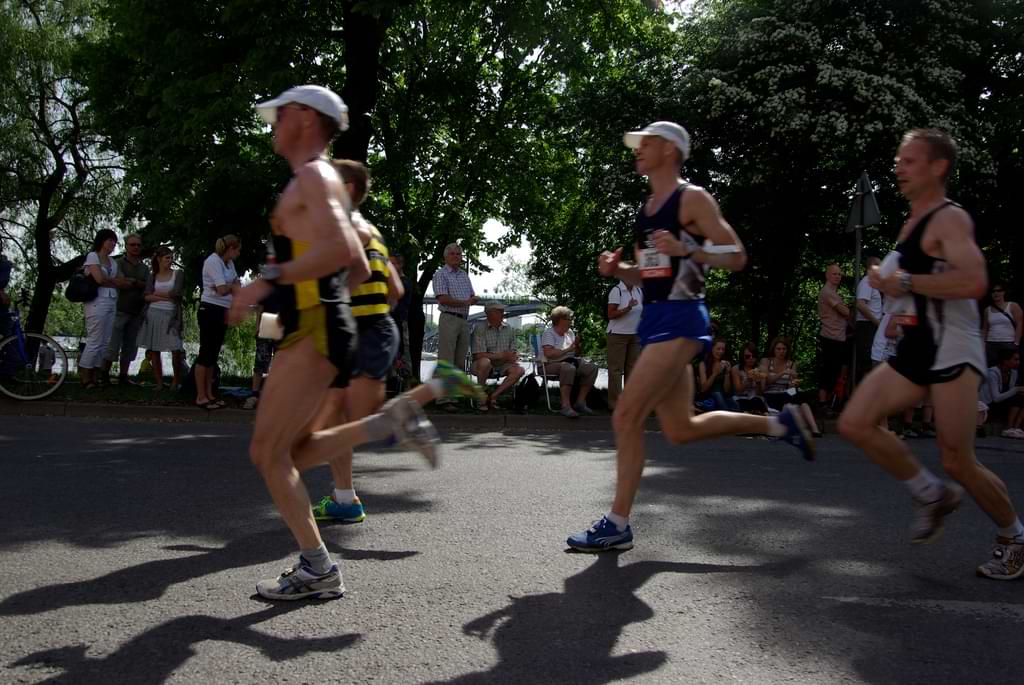When planning for a new season, the key is, of course, the capacity you currently possess. For those who already have a competitive season behind them, it is easier to determine what goals are realistic, but for those who have not tested their limits in competition or training before, it can be difficult to know how high to aim and what training program is appropriate.
Fortunately, many ways exist to test your current capacity without running the actual 42-kilometre distance. At V.O2.com, for example, there is a good running calculator where you can enter your time on a shorter distance and get the time that you, in theory, should be able to run at a longer distance.
Of course, this should only be taken for what it is, as anyone who has run the marathon distance knows that much more than running capacity comes into play. Running a full marathon also requires extraordinary stubbornness, as you will hit the wall sooner or later in the race. But at least it gives you some awareness of where your capacity is at the moment.
When I first set my sights on doing a sub-3-hour marathon in Stockholm in 2012, I didn’t bother doing any test runs before the actual training season. Even though I had not previously run a marathon at full speed, I was pretty convinced that my capacity was between 3:10-3:15 already when I started the build-up season.
Instead, I did the actual test races in early February when I tested my form on a 10 km indoor track. After running the distance in 39 minutes in this race, I got proof that I had the capacity for a time under 3 hours in the marathon.
According to most marathon programs, it remains to do a test run of 20 km in March or April if you plan to do your marathon in early June. I did not do one on the track because that felt too boring, but I tested my capacity continuously by running close to my maximum capacity in every other long run – which according to the theory, may not be recommended because of the strain it puts on your legs.
But it felt good to get confirmation that I had the capacity for times under 3 hours. Among other things, I ran a test race of 40 km on April 28 in a time of 2:57, which made me feel that I was ready for a time under 3 hours at the Stockholm Marathon just over a month later. The fact that a week later, I had my only half marathon of the season didn’t seem to bother me. The fact that my legs did not work as usual during the half marathon was perhaps not so strange.
Another of the methods I used for the Jakob Marathon in July of that year was the Yasso 800s. According to the author, Bart Yasso, you should be able to predict your time in the marathon through the method.
The method is based on the fact that the time you manage to keep during 10 x 800 m will be your probable time in the marathon in which you intend to participate. I have some scepticism about the method, but there are many people who believe in it. This is especially good to use if you have the ability to keep a steady pace during your intervals.
In other words, there are several different ways to predict the time you will get in a marathon. The best way, in my opinion, is to regularly compete in shorter races and then take and enter your result into the running calculator.
But you should also not underestimate the effect the last few weeks of tapering can have on your running form – especially if you have a good training season behind you as a beginner.
Recommended training books for marathon runners:









